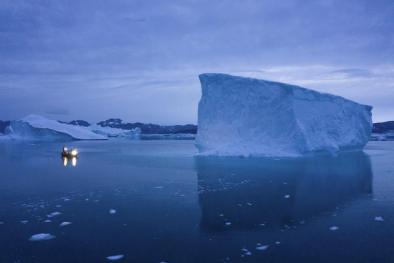Special Report on the Ocean and Cryosphere in a Changing Climate
Key Takeaways:
Oceans have gotten warmer, more acidic, and are losing oxygen, resulting in a cascade of negative effects that wreak havoc on marine ecosystems, threaten the collapse of the world’s fisheries, and turbocharge deadly hurricanes and tropical storms.
Polar ice sheet loss has increased dramatically, overtaking thermal expansion and glacial melt as the predominant cause of sea level rise since the IPCC last made an assessment in 2013. Sea level rise is now accelerating and the IPCC is now forecasting higher sea levels under the high-emissions pathway. Even under a low-emissions scenario, most of the East and West Coasts of the U.S. will experience a hundred-year flood every year unless major investments are made to adapt to these coming extreme events. Globally, this investment would run up to hundreds of billions of dollars per year.
The world has reached or is nearing critical tipping points. Polar ice sheets may now be unstable, and as a result long-term melting may now be irreversible. Meanwhile, methane and carbon released as permafrost thaws will further contribute to warming, pushing toward a tipping point that, if passed, could trap the planet in a vicious feedback loop that could unleash accelerating warming.
Water scarcity and wildfires will become worse as glaciers melt and snowpack declines. Already, communities that rely on glacial melt and snow runoff for agriculture and drinking water are left high and dry, while wildfires have grown increasingly common in the Arctic and high mountains as snowpacks melt.
Related Content






